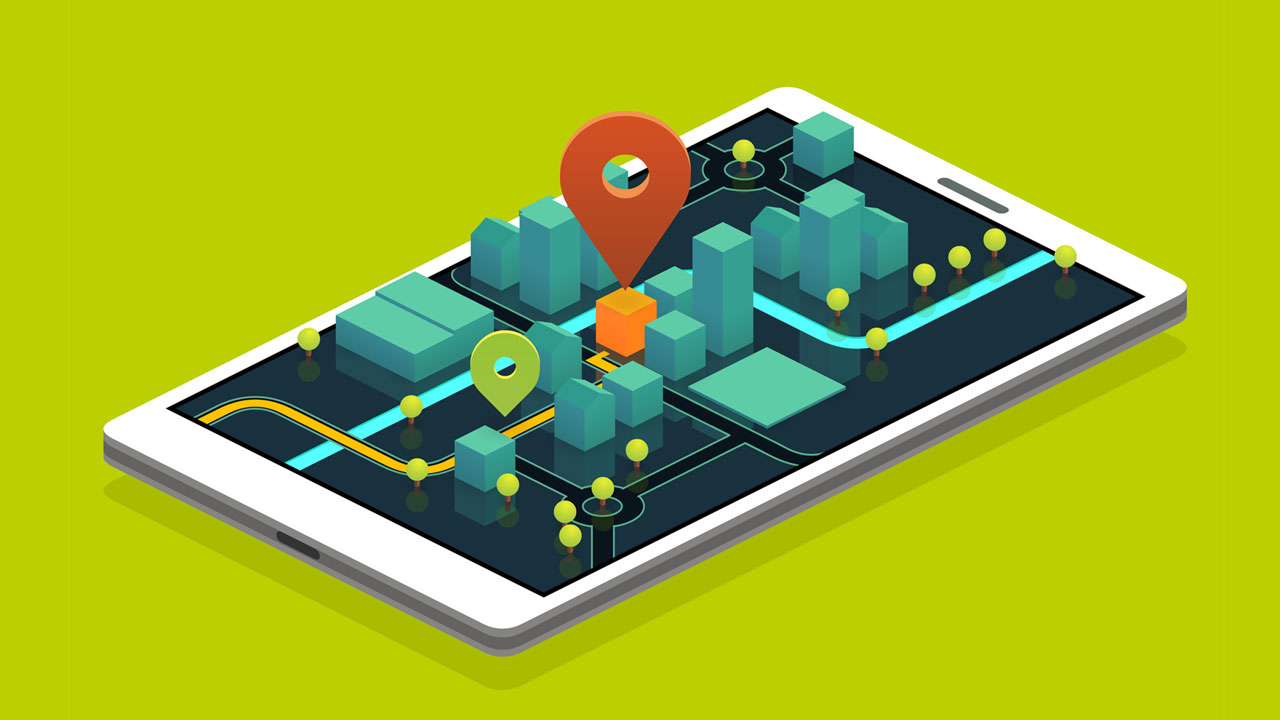Despite being some of the most valuable, most widely-applicable data available, many people tend to think mobile location data is only useful for brands with brick-and-mortar locations.
But mobile location data is immensely valuable for a wide range of industries, especially the tourism industry.
Over the last several years, tourism boards from across the US have discovered how important mobile location data can be in helping them learn about their visitors and recruit new ones. Yet, many tourism agencies have yet to embrace location data and all of the wonderful insights it can provide.
It’s never too late to take advantage, though, and in that vein, here is an easy guide for cities can use mobile location data to improve their tourism marketing, increase the number of visitors to their city and grow their tourism industries.
Using mobile locations to improve tourism falls into four categories: Where, what, when and who.
(Author’s note: All of the mobile location data mentioned in this article is collected in an anonymous and aggregated fashion to prevent the tracking of individual consumers, and is conducted in compliance with all existing data privacy regulations.)
Where are people coming from?
One of the best uses for mobile location data is to identify where existing tourists are visiting from.
Using mobile location data, a tourism board can identify people visited the city from in-state versus a neighboring state. It can also identify the people who flew in from across the country or people who visited from abroad.
Maybe your city draws in a large number of visitors from the neighboring city on weekends because they want to try your city’s bars and restaurants. Or maybe people from the Pacific Northwest love visiting your city because it offers a nice reprieve from the dreary winter months. By using mobile location data, you can suss out these different geographic groups and alter your marketing to cater to them.
Maybe your city has a substantial number of visitors from Australia, a demographic your tourism department was unaware of. You can use this information to buy advertising targeted at Aussie consumers and grow this market segment.
What are they doing?
This is where things get really interesting. Once you identify where a certain group of visitors is coming from, you can add another layer of data and find out what activities they partake in once they get to your city.
Do they visit the regular tourist attractions? Or do they prefer shopping while in town? Which restaurants do they like? These are all questions you can answer with mobile location data.
Let’s say yours is a large city in Southern California with lots to offer. Maybe the travelers from the Northeast tend to spend most of their time at the beach, drinking cocktails and visiting the seaside sites. Maybe the Midwestern travelers prefer to stay on the eastern portion of your city. Maybe visitors from Texas like to sample your city’s Mexican cuisine so they can compare it to the Tex-Mex they’re used to getting at home.
Or say your city has a signature event, like, say the annual Potato Festival. Using mobile location data, you can identify the people who attended the event, and then find out where they came from (among other demographic information).
Again, these are hypotheticals, but these are the exact kinds of detailed insights you can receive by way of mobile location data.
Using this information, your tourism board can develop lucrative enticing bundles. For instance, if you identify a certain group of people that likes to travel to your city to see baseball games, you can offer them a deal that bundles together a baseball ticket with their hotel purchase.
When are they visiting?
You can also use mobile location data to discover seasonal patterns in your tourist activity.
Maybe international travelers prefer to visit in the summer months. Maybe in-state travelers know to avoid the busy tourist season and tend to visit in fall when the crowd dies down.
Knowing the times at which groups prefer to visit allows you to refine your marketing even further and cut down on advertising costs.
Who are your visitors?
The final data layer is demographic. Using mobile location data, you can discover what your visitors like to do when they’re not visiting your city, and customize messages that way.
You can identify the tourists who visit the gym a lot and tell them all about the wonderful physical activities they can do while visiting your city, to make sure they stay in shape. For the foodie types, you can play up the wonderful cuisine your city has to offer.
The true value of mobile location data is when you combine these various possibilities and develop messaging that caters to a group’s unique geographic, seasonal and activities characteristics.
By doing so, you not only make your city more appealing to existing visitors, but you can identify potential customers you never previously considered.


Would like to partner with you and sell my business.